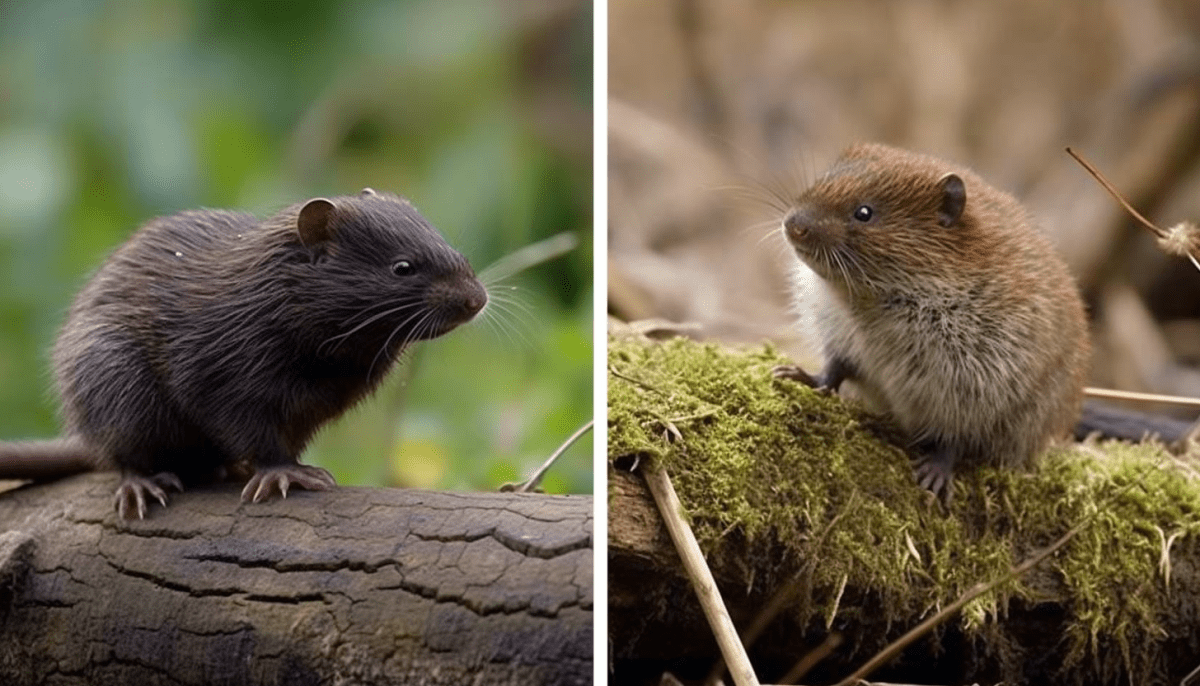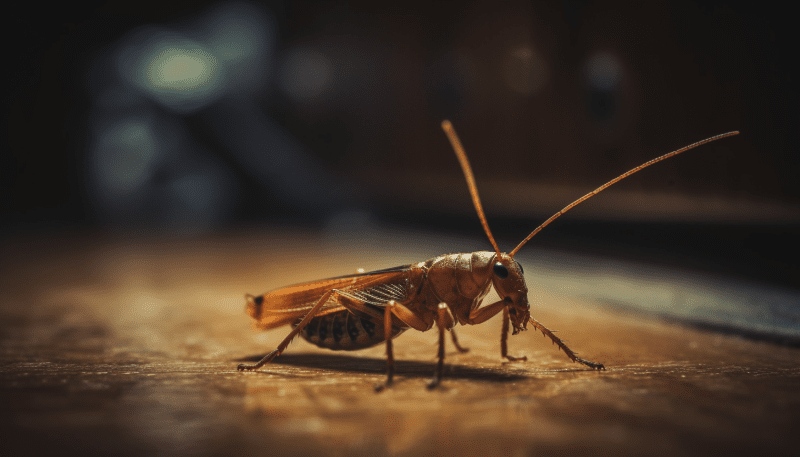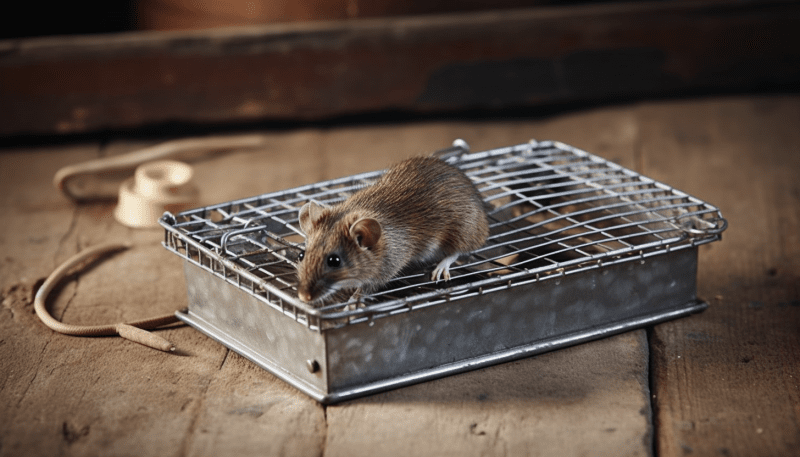When dealing with pesky pests invading your yard or garden, it's important to be able to identify exactly what you're up against. Two common culprits that often cause confusion are moles and voles. Although they may sound similar, moles and voles are actually very different creatures with distinct characteristics.
One key difference between moles and voles is their diet and habits. Moles are insectivores, meaning they primarily feed on insects and earthworms found underground. They create tunnels and mounds in search of their next meal. In contrast, voles are herbivores that feast on plants, roots, and bulbs. They create shallow runways on the surface of the ground and often leave behind chewed vegetation.
Another important distinction between moles and voles is their appearance and behavior. Moles have velvety fur, small eyes, and strong front feet equipped for digging. They are adapted for a subterranean lifestyle and rarely come to the surface. On the other hand, voles have round bodies, small ears, and short tails. They are adept at climbing and swimming, making them more likely to be seen above ground.
Methods for controlling mole populations in your yard
Another method for controlling moles is to remove their food source. Moles primarily feed on insects, grubs, and earthworms, so reducing the number of these pests in your yard can help to deter moles from making a home there. You can do this by applying insecticides to your lawn, removing excess thatch, and ensuring that your soil is healthy and well-drained. By eliminating the moles' food source, you can make your yard less attractive to them.
Planting barrier plants around your yard can also help to control mole populations. Plants with strong scents, such as daffodils, marigolds, or alliums, can deter moles from tunneling in your yard. Additionally, plants with sharp or prickly leaves, such as holly bushes or barberry bushes, can make it difficult for moles to move around and create tunnels. By strategically planting barrier plants around your yard, you can create a natural deterrent for moles and help to keep them at bay.
Effective strategies for getting rid of vole infestations
Dealing with a vole infestation can be a frustrating experience, but with the right strategies, you can effectively eliminate these pesky pests from your yard. Here are some effective methods for getting rid of voles:
One of the most common strategies for getting rid of voles is using traps. There are several types of traps available, including snap traps and live traps. Snap traps are quick and effective at catching voles, while live traps allow you to capture the voles alive and release them elsewhere. Be sure to place the traps along vole runways or burrow entrances for the best results.
Another effective method for eliminating voles is using repellents. There are many commercial repellents available that can help deter voles from entering your yard. Some common repellents include castor oil, predator urine, and peppermint oil. These can be sprayed around the perimeter of your yard to create a barrier that voles will avoid.
In addition to traps and repellents, you can also consider using natural predators to help control the vole population. Cats, owls, and snakes are all natural enemies of voles and can help keep their numbers in check. Encouraging these predators to visit your yard by providing food or shelter can be an effective long-term solution for vole control.
Tips for preventing future mole and vole problems
While dealing with moles and voles can be frustrating, there are several steps you can take to prevent future infestations. Here are some tips to keep these pests at bay:



